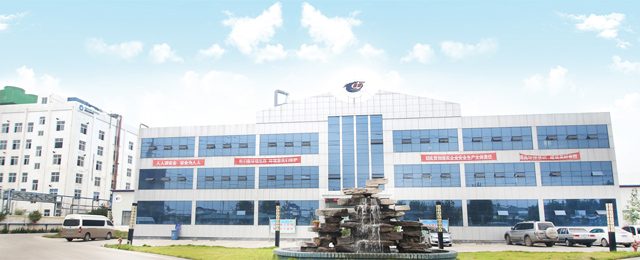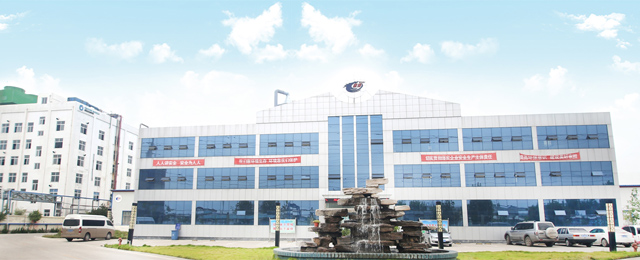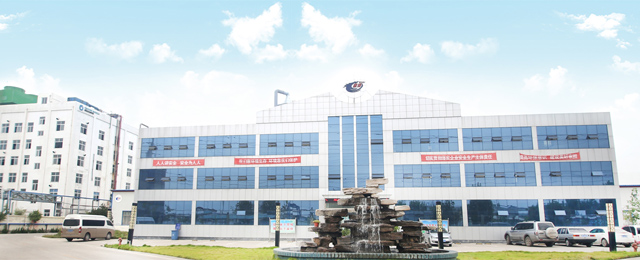Daquan of washing powder
-
There are five categories of ingredients: active ingredients, washable ingredients, buffer components, synergistic components, dispersant LBD-1 and auxiliary ingredients.
The main
Daquan of washing powder
There are five categories of ingredients: active ingredients, washable ingredients, buffer components, synergistic components, dispersant LBD-1 and auxiliary ingredients.
The main ingredients are: fabric anti scale agent, anionic surfactant, nonionic surfactants, water softener, dirt suspending agent, enzyme, fluorescent agent and spices; washing powder is often contain phosphorus, aluminum, alkali and other harmful ingredients. Surfactants in washing powder is the role of the washing powder is soluble, emulsification, soak, clean, sterilize, soften, foaming, prevent static features such as clothing. Synthetic surfactants have long been found to have the side effects of making the hand rough and so on. Now it has been considered as a major pollution environmental pollution. In addition, phosphorus, aluminum alkali, especially phosphorus, has been banned in detergent powder.
The active component of the active ingredient is the main ingredient in the detergent. Washing is a kind of active ingredient called surfactant material, its role is weakened and the adhesion of stains in clothes, wash water and hand rubbing or washing machine and other mechanical agitation under the action of force, the stains from the clothes, so as to achieve the purpose of clean clothes.
Attention: 1, in order to achieve a good decontamination effect, the detergent should contain sufficient active ingredients. In order to ensure the washing effect of washing powder, the state competent department stipulates the minimum content of active ingredients in detergent powder. According to the types of active agents used and the categories of the products, the amount of active ingredients in the detergent powder should not be less than 13%.
2., because many surfactants have strong foaming ability, consumers can judge the quality of washing powder based on experience, from washing powder to water and foaming.
3. but some washing powder specially used in the drum washer, its foaming ability is much worse than ordinary washing powder. This is because the roller washing machine mainly relies on the mechanical force produced by the roll in the roller to achieve the purpose of washing the clothes. Too much foam in the washing solution will greatly weaken the mechanical force produced by the roll of clothes, so that the cleaning effect is greatly reduced.
Washing aid
The detergent in the detergent is the largest component of the detergent, which generally accounts for the total composition of 15%-40%. The main function of the lotion is to soften the water by binding the hardness ions contained in the water to protect the surface active agent to maximize its utility. The so-called phosphorus and phosphorus free detergent, in fact, refers to the use of the detergent is phosphorus or non phosphorus material.
Note: 1, some provinces and cities have formulated local regulations to prohibit or restrict the sale and use of phosphate detergents.
2. in the non phosphorus lotion, it is recognized by the industry that it is a good substitute for phosphate. It is a kind of substance called zeolite.
3., besides that, there are all kinds of "cheap" phosphorus free lotions, such as sodium carbonate (soda ash), sodium silicate (sodium silicate) and their various proportions. Since these phosphorus free auxiliaries eventually form precipitates that are insoluble in water, if they are not effectively suspended in water, they will sink in clothes. The long-term use of this phosphorus free detergent will result in hardened and yellowing clothes. In order to prevent such a situation, a good phosphorus free detergent should use effective dispersant in the formulation so that the insoluble particles will not be deposited on the clothes.
Buffer component
Common dirt on clothing, usually organic stains such as perspiration, food, dust etc.. Organic stains are generally acidic, so that the washing solution is in an alkaline state, which is conducive to the removal of such stains. Therefore, a considerable number of alkaline substances are mixed into laundry detergent. In general, soda and water glass are commonly used.
Attention: 1, although alkaline is good for washing clothes, excessive alkaline substances can cause damage to clothing and skin. Therefore, the state has made corresponding regulations on the alkalinity of laundry powder, and qualified laundry powder should meet these requirements.
2., besides, as mentioned earlier, these alkaline substances will precipitate with hard water, and too much alkaline substances will lead to a lot of precipitation when washing, which will make the washing effect worse.
Synergistic component
In order to make detergent have better and more washing related functions, more and more detergents contain special functions. These ingredients can effectively improve and improve detergency of detergents.
According to the functional requirements, effective ingredients used in detergent have several categories: improve the cleaning effect, such as enzymes (protease, lipase and amylase), bleaching agent, bleaching agent; improve whiteness retention, such as anti redeposition agents, dirt dispersant LBD-1, enzymes (cellulase), fluorescent whitening agent, resist protective fabric; improve fabric handle, such as cellulose, softening agent, antistatic agent, color protecting agent.
Attention: 1, in fact, many brands of detergent are very similar in main ingredients, and the mystery of their products is often on these synergistic ingredients. Using a variety of enzymes, can greatly enhance the detergent to the special and difficult to wash stains wash ability, such as blood, sweat, grease, stains and other food fruits and vegetables; bleaching agent can make pigment stains can be decomposed and removed; anti redeposition agents can ensure the clothes after washing repeatedly not gray or yellow.
Auxiliary components
These ingredients generally do not improve the washing ability of detergents, but play a great role in the processing and sensory indicators of products, such as making the washing powder color white.










